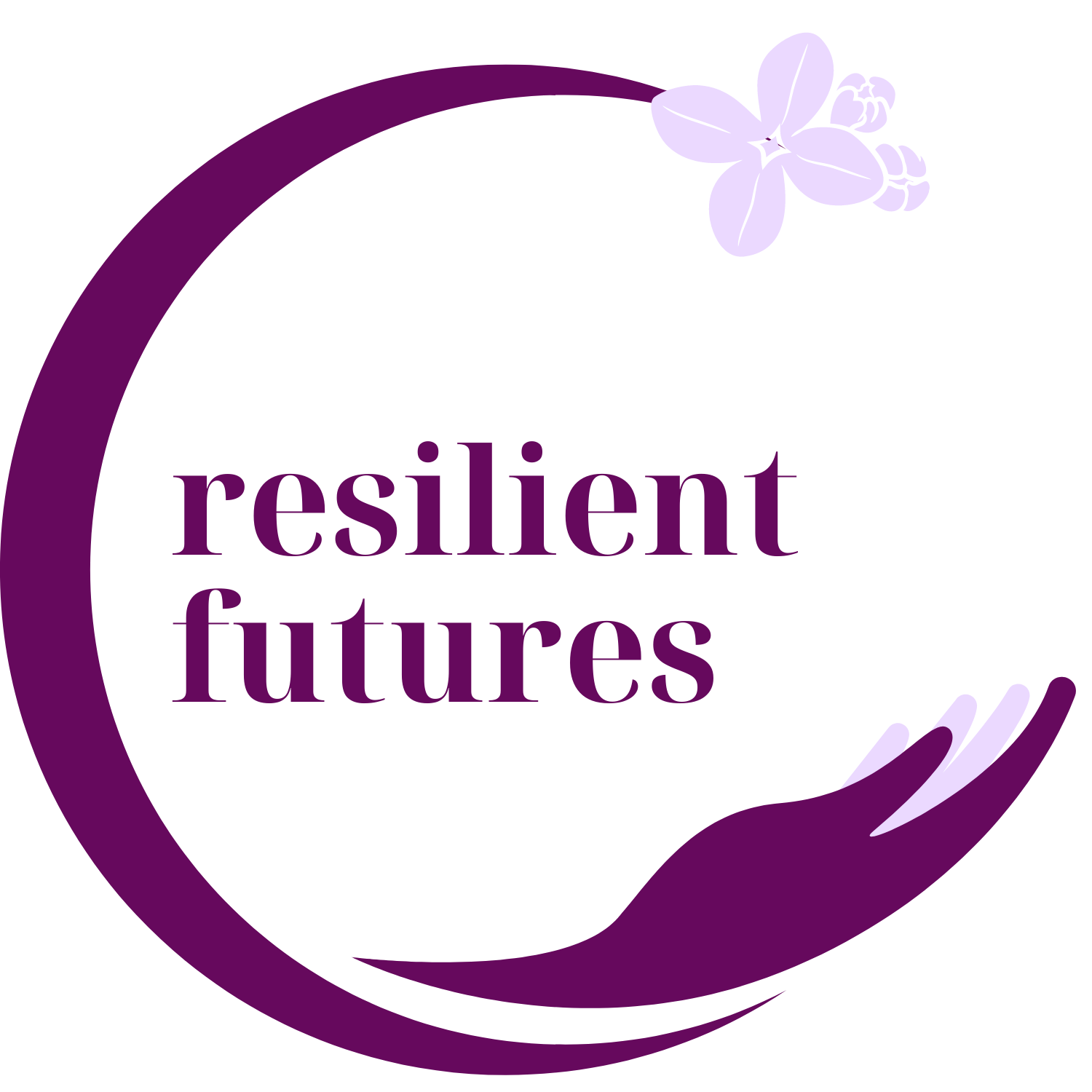Prepare for a Trauma-Informed School Year: An Educator Guide
At Resilient Futures, we believe that creating a trauma-informed classroom is essential for fostering a safe and nurturing learning environment. Trauma-informed practices not only help support students who have experienced trauma but also create a more inclusive and understanding atmosphere for all students and Educators. Here’s our Educator Guide to proactively set yourself up for success.
Sign up to read this post
Join Now
